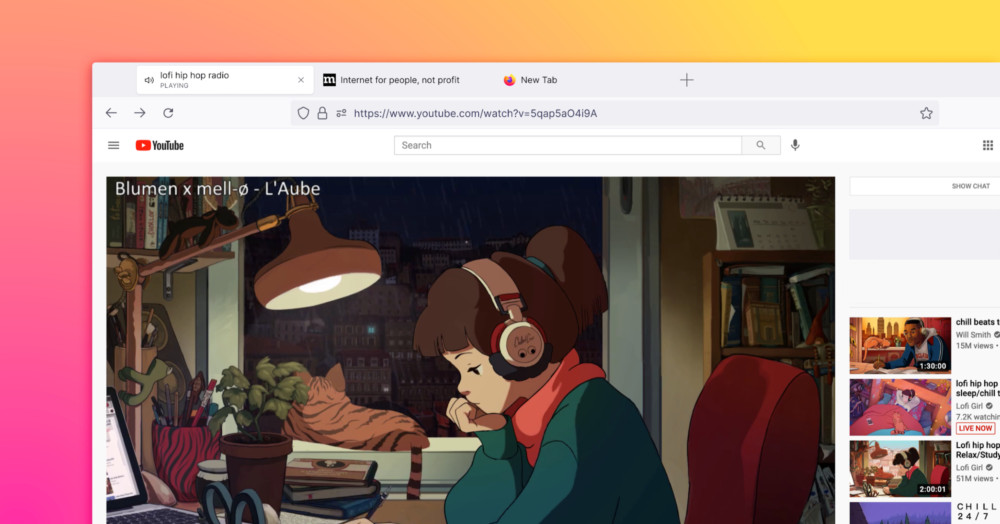What is Metaverse and How is it Changing AR/VR World?
VR augmented reality has already been a mainstay of science fiction. The idea has been the subject of numerous works of fiction and popular media, but we are finally at the point where it can become a reality. It’s...

VR augmented reality has already been a mainstay of science fiction. The idea has been the subject of numerous works of fiction and popular media, but we are finally at the point where it can become a reality.
It’s safe to say that the Metaverse has been the subject of several discussions and arguments. While some see it as the future of technology, others dismiss it as nothing more than a fad. The reality is that the Metaverse is here to stay, and its effects on everything from our mental health to our ability to do our jobs will be profound.
The Metaverse: what is it?
The term “metaverse” refers to a network of socially-connected 3D virtual worlds. It’s defined as a simulated online setting that uses VR augmented reality, blockchain, and social media concepts to create environments that seem very much like the actual world but allow for more nuanced human participation.
Everything can be found there, from sports to conventions to retail therapy. Putting on a headset and logging into the virtual reality portal is the only way into Metaverse.
Moreover, Mark Zuckerberg, creator of Meta (formerly known as Facebook), estimates that it will take five to 10 years for the core features of the Facebook metaverse to become standard.
On the other hand, the Metaverse is growing at an astounding rate.
Even though not everyone has access to them, ultra-fast broadband connections, virtual reality headsets, and always-on online worlds are now a reality.
Now we will examine the two most distinguishing features of a Metaverse platform:
Interactivity
The Metaverse tech would combine elements of vr augmented reality. Space and time in a Metaverse app should feel roughly equivalent to real life.
Visual, aural, and kinetic interaction modalities are all possible in the real world. Similar digital collaborative opportunities are anticipated from a Metaverse platform.
Interoperable
One of the requirements for a successful Metaverse software is that it can function on multiple Metaverse systems (s).
Creating applications for the Metaverse hints at a wide range of untested technology possibilities.
The developers, whether newcomers to the Metaverse or established figures with deep roots, might create either restrictive or flexible features.
Furthermore, there is an abundance of resources that can be used to bring this envisioned future into being. Unreal Engine, Unity, Amazon Sumerian, Blender, and Maya are just a few examples of such development environments.
Learn more about the practical applications of the Metaverse and the benefits it provides by looking at examples from other industries.
According to Bloomberg Intelligence, the Metaverse technology market could be worth $2.5 trillion by 2030, up from a projected $800 billion in 2025.
The sector is getting the outside stimulation and attention it needs to change both vr augmented reality technology and the future. Let’s look at some pioneering initiatives that have led to the development of Metaverse tools.
For example, the Metaverse Rules contain the following:
Only one Metaverse exists. All people should have access to the Metaverse.
The Metaverse exists beyond everyone’s control. The Metaverse must be accessible most of the time.
Most importantly, the Metaverse doesn’t care about your hardware. Both the internet and networks are part of the Metaverse.
When you put on your VR headset, you enter a virtual reality (VR) environment called the Metaverse.
It has enormous potential in many areas, including retail, business, and the workplace. In the Metaverse, real and virtual worlds are fused using tools like VR augmented reality (AR), describing a vision of a linked 3D digital global (AR).
Virtual worlds like Decentraland and online gaming platforms, like The Sandbox, are only two examples of existing metaverses. Participation in the Metaverse is growing at an unprecedented rate in the game industry.
According to Participation in the Metaverse is growing at an unprecedented rate in the game industry according to 65 % of the global population has participated in media extravagance, such as viewing a television show, movie, or premiere within a video game or working together to create a live concert.
Who Uses the Metaverse the Most?
Sixty-nine percent of humans have engaged in social activity, meeting new people, attending a group gathering, or visiting a virtual world while playing a game.
Almost three-quarters (72%) of people on Earth have engaged in some form of financial activity within the Metaverse. This can include the purchase of virtual goods, the purchase of virtual money, the purchase of digital goods from digital markets, or the purchase or sale of other gamers.

Augmented Reality (AR) in the Virtual World
Market leaders like Facebook’s Mark Zuckerberg are betting big on the potential of the “embodied internet” that is the Metaverse. It’s either a virtual reality experience or something that can be brought into your life (via AR).
The popularity of virtual worlds is on the rise, but the actual Metaverse may be the future wave regarding augmented reality.
The most natural way to supply digital content to the human perceptual system is to incorporate it directly into our physical surroundings.
How Does Your Brain Make a Unified Representation to You?
Your brain creates a unified representation of the arena based on information gleaned from your senses of sight, hearing, touch, and movement.
As long as virtual factors are powerfully recognized in your environment in terms of space and time, this is possible with augmented reality, even with reasonably poor visual constancy.
Now that our ability to judge distance (or intensity perception) is refined, it is not hard to believe this.
Augmented reality will inevitably become the norm. It may replace smartphones and computers as the dominant interface to digital content, and it will undoubtedly eclipse virtual reality as the primary doorway to the Metaverse.
Augmented reality may give us superpowers, allowing us to change our surroundings with a finger or an eye.
VR Augmented Reality in the Metaverse
Customers can now bridge the gap between their digital and physical worlds by entering the Metaverse thanks to virtual reality.
We will be able to explore new locations and make reports more accessible to more people by using virtual versions of people, objects, and landscapes.
In a nutshell, it’s an alternate reality where you can do all sorts of things like go to class, work, a concert, or shop without ever leaving your house. Virtual reality allows users to experience events, shop, and learn about new opportunities. Augmented and mixed reality, on the other hand, will open hitherto unimaginable possibilities for enhancing the physical world around us.
There are already add-ons to the XR landscape, such as haptic commenting tools, that will allow us to feel the handshakes and embraces of our contacts no matter where we are physically located.
Featured Image Credit: Provided by the Author; Thank you!
Siva Subrahmanyam
SEO Analyst at PlugXR
A SEO Analyst at PlugXR, I manage the company's search engine optimization strategy

 Aliver
Aliver 
































